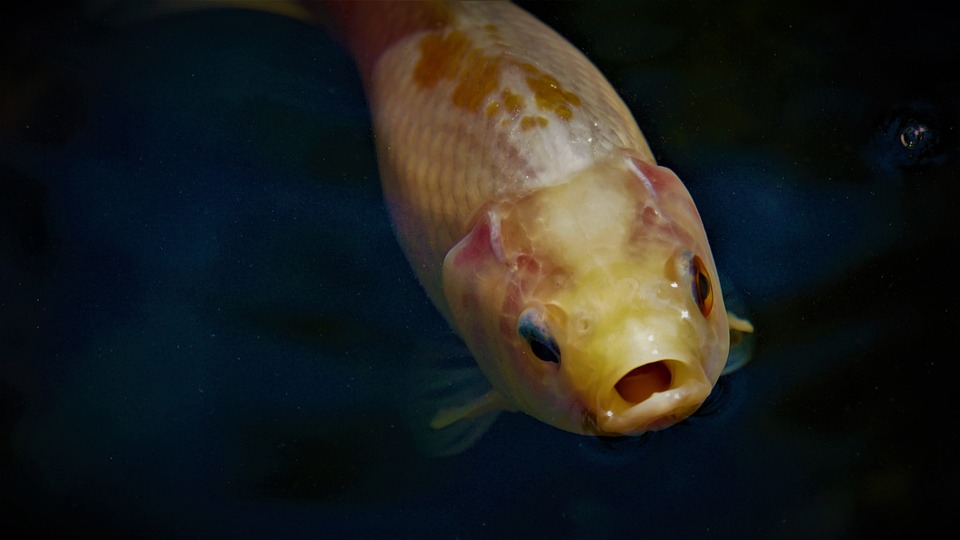Keeping fish as pets can be a rewarding experience, but it also comes with its fair share of challenges. One of the most common issues fish owners face is viral diseases. Understanding how to detect and assess viral diseases in fish is crucial for maintaining a healthy aquarium. In this comprehensive guide, we will explore the signs, symptoms, prevention, and treatment options for viral diseases in fish tank fish.
Recognizing Viral Diseases in Fish:
Viral diseases in fish can be challenging to identify as they often exhibit similar symptoms to bacterial or parasitic infections. However, there are some key signs to look out for, such as abnormal swimming behavior, skin lesions, loss of appetite, excessive mucus production, and changes in coloration.
Common Viral Diseases in Fish:
1. Iridovirus:
Iridovirus is a common viral disease in fish that affects various species. It is characterized by symptoms such as lethargy, skin discoloration, and hemorrhages. Treatment options for iridovirus are limited, and prevention through proper quarantine and biosecurity measures is essential.
2. Lymphocystis:
Lymphocystis is a viral disease that causes the formation of white or pinkish growths on the skin, fins, and gills of infected fish. While it is usually not life-threatening, it can cause discomfort and aesthetic issues. Treatment options include supportive care and maintaining optimal water conditions.
3. Viral Hemorrhagic Septicemia (VHS):
Viral Hemorrhagic Septicemia is a highly contagious viral disease that affects a wide range of fish species. It causes hemorrhaging, organ damage, and ultimately death. Prevention through strict biosecurity measures and vaccination is crucial in controlling VHS.
4. Spring Viremia of Carp (SVC):
SVC affects carp and other cyprinid fish species. It causes lethargy, hemorrhages, and organ damage. Vaccination is available for SVC prevention, and supportive care can be provided to infected fish.
5. Infectious Pancreatic Necrosis (IPN):
IPN affects salmonids, such as trout and salmon. It leads to pancreatic tissue destruction and can cause high mortality rates. Vaccination is available for IPN prevention, and infected fish should be euthanized to prevent the spread of the disease.
Assessing Viral Diseases:
Assessing viral diseases in fish involves observing clinical signs, conducting laboratory testing, and utilizing molecular techniques.
Clinical Signs:
Behavioral changes, physical symptoms, and changes in appetite and feeding habits can indicate the presence of viral diseases in fish.
Laboratory Testing:
Laboratory analysis plays a crucial role in confirming viral infections. Common diagnostic tests include polymerase chain reaction (PCR), fluorescent in situ hybridization (FISH), and immunohistochemistry (IHC).
Molecular Techniques:
Molecular techniques such as PCR, FISH, and IHC allow for the detection and identification of specific viral pathogens in fish.
Prevention and Control:
Preventing viral diseases in fish tank fish is essential for maintaining a healthy aquarium environment. Key prevention and control measures include quarantine, proper water management, healthy nutrition, stress reduction, and biosecurity measures.
Treatment Options:
Treatment options for viral diseases in fish are limited, and supportive care is often the main focus. Maintaining optimal water conditions, providing proper nutrition, and implementing stress reduction techniques can help infected fish recover. Medications and vaccines may be available for specific viral diseases, but their efficacy varies.
Frequently Asked Questions (FAQs):
The article concludes with a section addressing common questions regarding viral diseases in fish, including the most common viral diseases, prevention methods, the possibility of complete cure, vaccination, and euthanasia options.
Conclusion:
Assessing viral diseases in fish tank fish is vital for maintaining the health and well-being of your aquatic pets. By recognizing the signs, employing proper assessment methods, and implementing preventive measures, you can minimize the risk of viral infections and provide a safe and thriving environment for your fish. Always consult with a veterinarian or fish health specialist for accurate diagnosis and treatment options.









